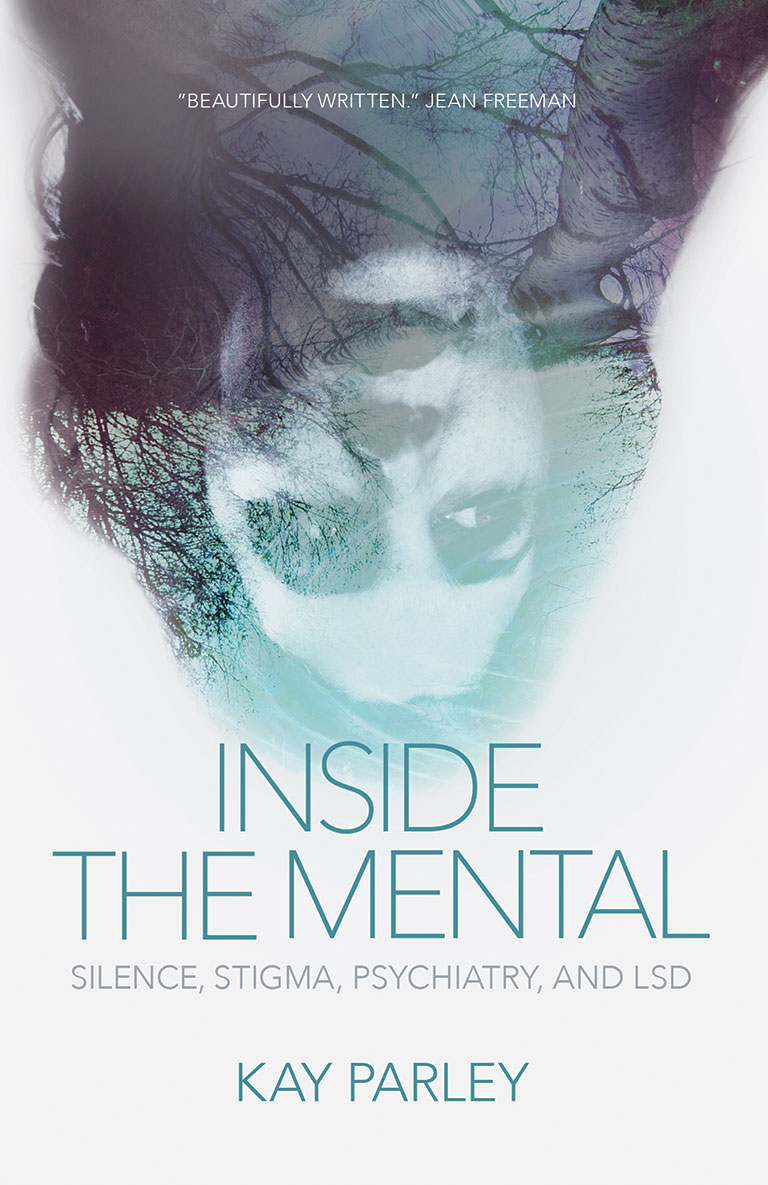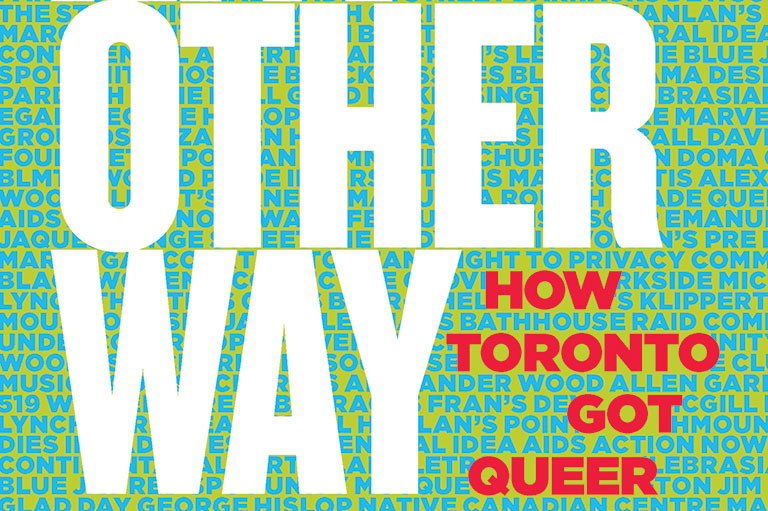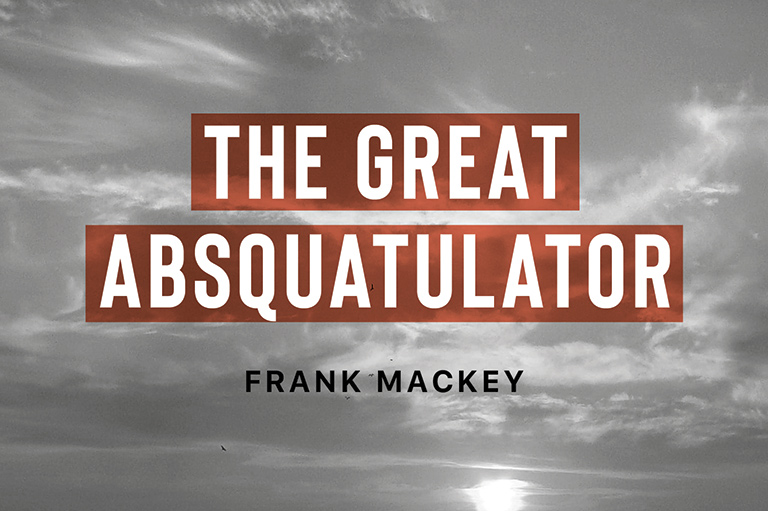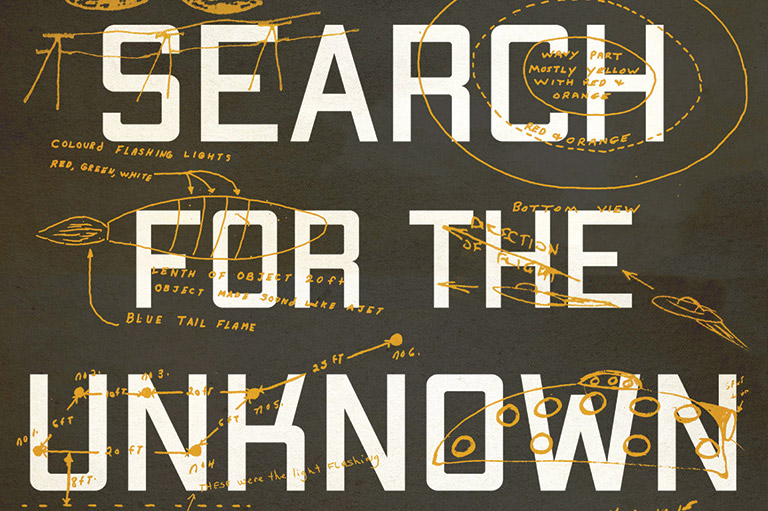Discover a wealth of interesting, entertaining and informative stories in each issue, delivered to you six times per year.
Inside The Mental

Inside The Mental: Silence, Stigma, Psychiatry, and LSD
by Kay Parley
University of Regina Press
200 pages, $24.95
Author and journalist Kay Parley spent years in a mental institution, first as a patient and then as a psychiatric nurse. Her new book covers her institutionalization at Weyburn Mental Hospital in Saskatchewan — “The Mental” — after a 1948 breakdown as well as her work there from the mid-1950s and through the 1960s.
Divided into short essay-like chapters, this mix of memoir and history is fascinating because of Parley’s unique insider perspective. She entered Weyburn at a time when the asylum system was falling out of medical and political favour. Underfunding had led to abysmal conditions with a custodial rather than curative approach to patients. Complicating matters for Parley was the presence of both her grandfather, diagnosed as paranoid, and her father, institutionalized since she was six.
Parley documents shifting attitudes (including her own) towards the mentally ill. She notes the beginnings of research and improvements in treatment, including greater understanding and compassion, more precise diagnoses, and pharmacological interventions, all heralded with great optimism. “The hospital was said to have been a quiet, decent place in the 1920s, before the crowding,” she writes, “but it had had a bad reputation for two decades. In the pre-tranquilizer days there had been much violence, and much coercion.”
By the 1950s, a new director brought in new methods and a progressive attitude. An emphasis on medical reform, modernization, and specialized training engendered a sense of excitement and the hope of positive outcomes for patients. In 1957, the hospital received an award from the American Psychiatric Association for being the most improved North American psychiatric hospital. Parley calls it “an enlightened time when our province was willing to spend so much on the mentally ill.”
She had her misgivings about Weyburn. “It was crowded, noisy, smelly, shabby, with too much authority around and too many people who behaved in threatening or in particularly unintelligent ways. But in many ways I loved The Big Mental,” Parley writes. “We had therapists who were warm, friendly, understanding, and encouraging.” The Mental, as she poignantly notes, was home to many — including her.





